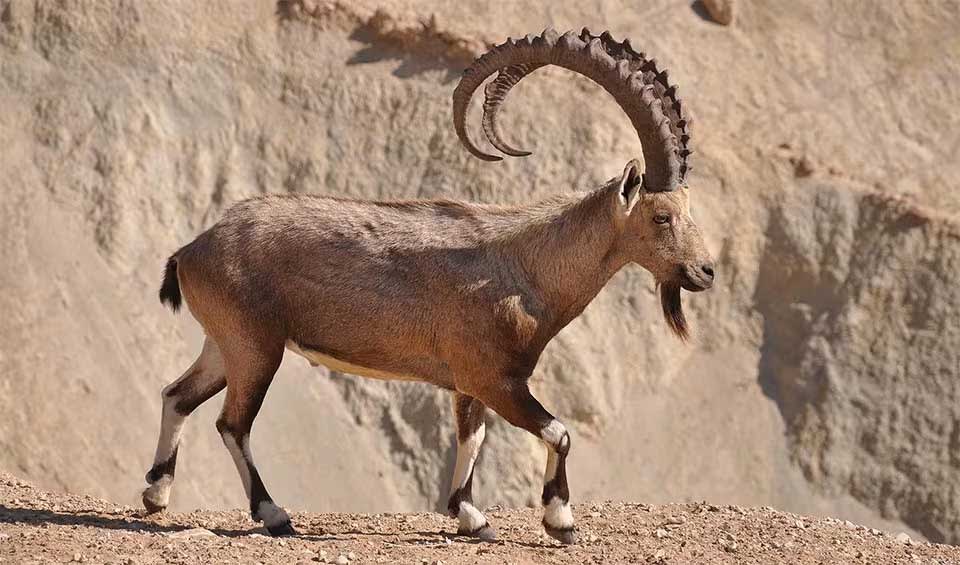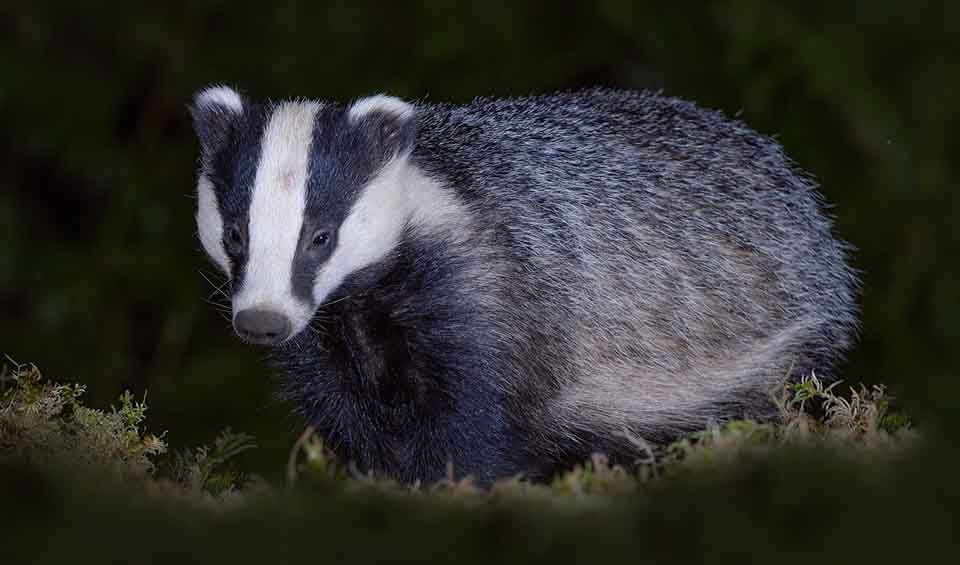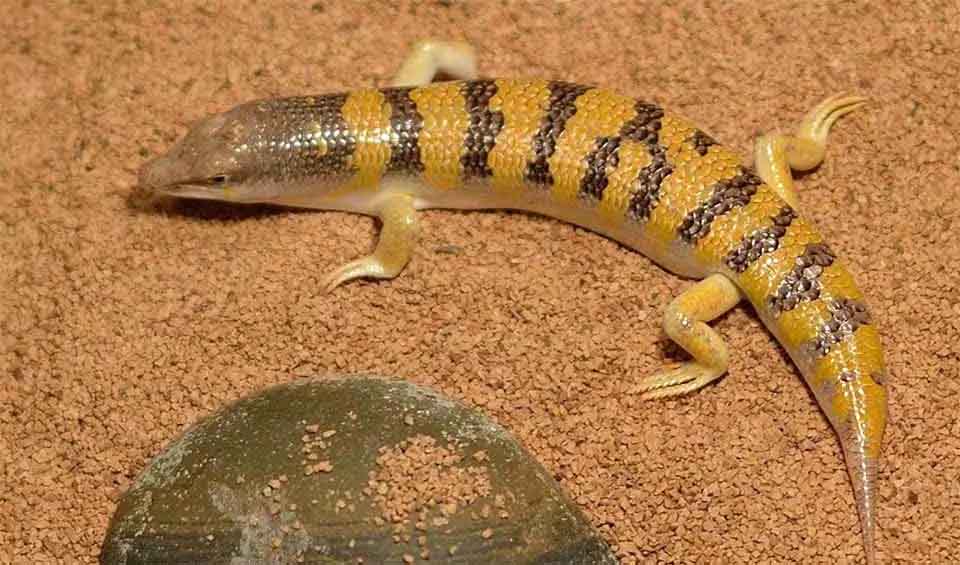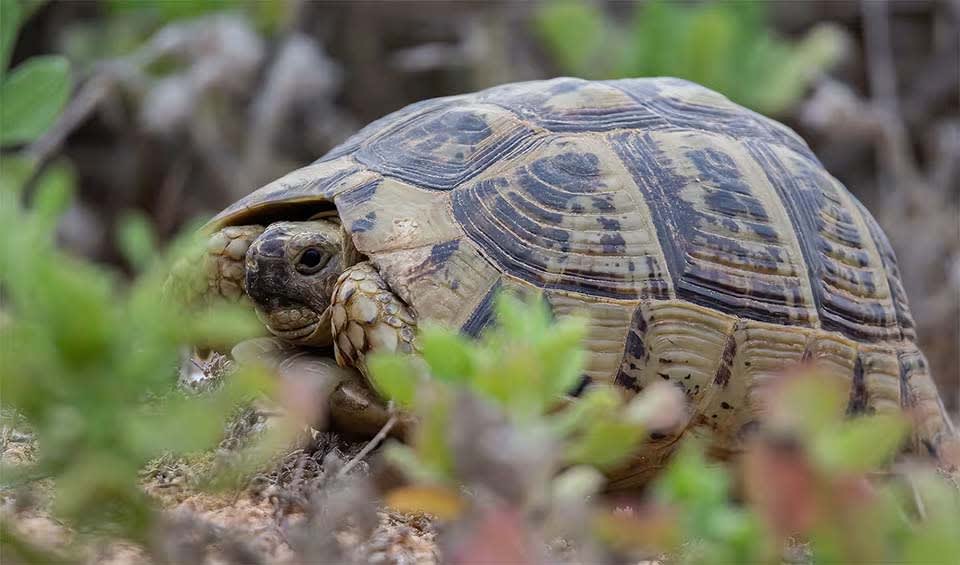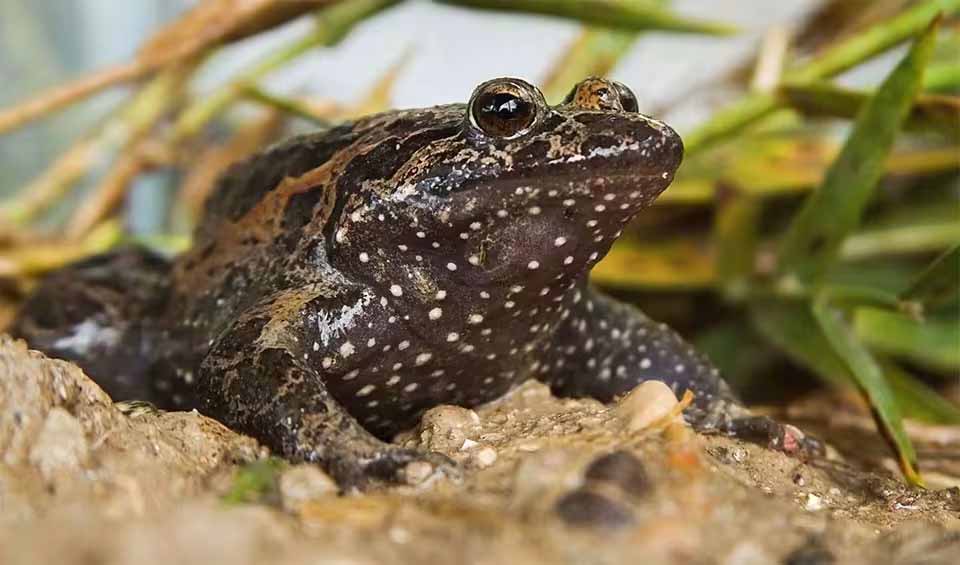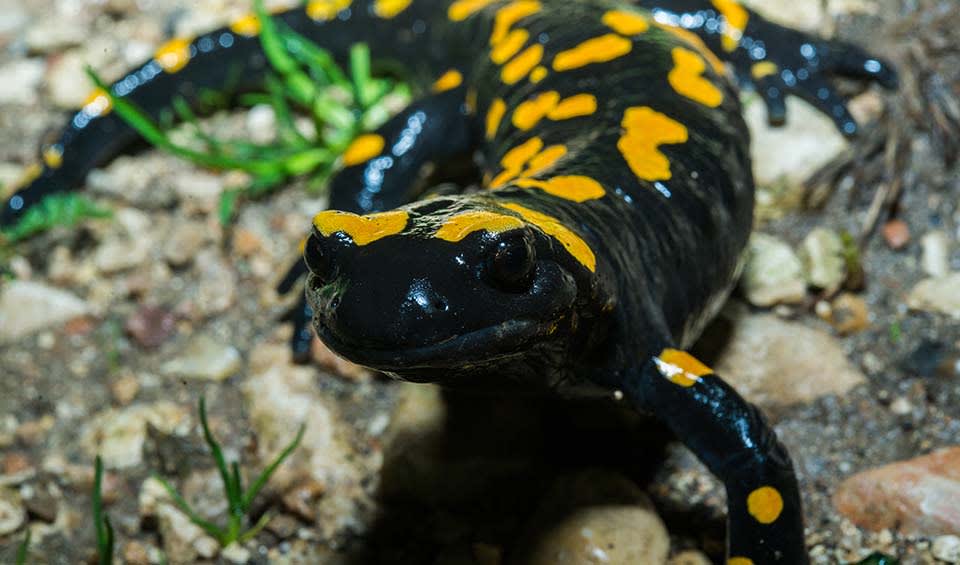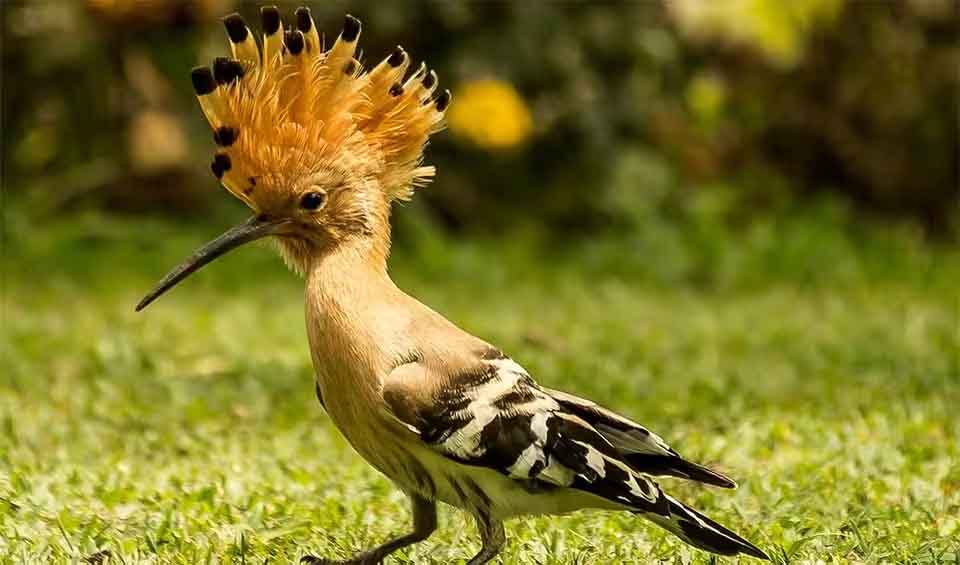Despite the country’s small size, Israel’s natural environment is diverse and unique. Its location between three continents and varied topography, geography, and climate contribute to this richness, which impacts global biodiversity. This land hosts an array of reptiles and mammals, each uniquely adapted to the region’s distinct habitats. Every year, around 500 million birds pass through Israel on their migration route, with some species relying on Israel as a critical bottleneck for safe passage, such as the Great White Pelican, whose entire global population migrates over Israel.
Israel’s landscape showcases a variety of terrains, each with its own ecological importance. Notable geographical features include the Ramon Crater, a striking naturally formed basin, and the Hula Valley, renowned for its rich wetlands. These areas highlight Israel’s diverse ecosystems, from rugged desert landscapes to fertile valleys, supporting a wide range of wildlife and plant species. This mix of environments contributes to the unique ecological profile of the country.
Four pillars elaborated:
Israel has a smaller land size compared to many other countries, covering around 22,145 km² (8,550 mi²) . This area extends from the Mediterranean coast in the west to the Negev Desert in the south. The country features diverse landscapes, including deserts, mountains, and fertile plains. Most of its population, which totals about 10 million, resides in the coastal region. To conserve its natural resources and diverse species, Israel has established several protected areas and national parks. The Hai-Bar Carmel Nature Reserve is one example dedicated to breeding and reintroducing native wildlife species that have become extinct or endangered in the region. Other notable conservation areas include the Yotvata Hai-Bar Nature Reserve in the southern desert, which focuses on desert species, and the Ramon Nature Reserve, which preserves unique geological formations and supports a variety of desert flora and fauna. Land Management
Land Management
Israel’s biodiversity is under severe threat, leading to a decrease in its plant and animal species. Rapid development and population growth are turning natural habitats into agricultural and urban areas, harming ecosystems. Additionally, habitat destruction and invasive species are major challenges to environmental conservation. These factors reduce the space for native species and disrupt ecological functions, threatening the survival of various species. Non-native species compete with local wildlife, disrupting the food chain and ecosystem balance. Furthermore, illegal hunting and pollution worsen these problems, while climate change alters habitats and increases species vulnerability. Threats to Biodiversity
Threats to Biodiversity
Since its establishment in 1953, the Society for the Protection of Nature in Israel (SPNI) has been pivotal in raising awareness and driving conservation efforts in Israel. As the largest environmental NGO in the country, the SPNI has launched numerous campaigns to safeguard Israel’s unique natural environments and landscapes from the adverse effects of unchecked development. It supports this mission through a robust educational network that includes 26 field study centers, 40 branches, hundreds of youth clubs, and extensive teacher training programs. This outreach engages nearly 20% of the country’s population in various conservation activities. Capacity and Governance
Capacity and Governance
Additionally, Israel has implemented significant legislation to protect its natural and landscape resources, creating 155 nature reserves. These reserves, along with efforts to declare hundreds more, encompass the full spectrum of Israel’s natural heritage and are essential in preserving biodiversity in a rapidly urbanizing country. Moreover, various national agencies and initiatives, including the reintroduction of native species and the preservation of genetic resources in agriculture, further underscore Israel’s commitment to environmental conservation and biodiversity.
Despite Israel’s efforts to establish a system of nature reserves and national parks, its small size and intense land use pressures have left insufficient land for conservation, failing to preserve the country’s diverse ecosystems and unique landscapes fully. Recognizing this, recent initiatives have focused on mapping and assessing the environmental sensitivity of Israel’s remaining natural spaces to guide development without harming ecosystems. One significant step is the designation of Mount Meron as a biosphere reserve under UNESCO’s Man and Biosphere Program, which aims to protect a variety of ecosystems. Future Trends
Future Trends
Additionally, the Nature Reserves Authority and the Jewish National Fund are addressing habitat fragmentation by developing a management plan for open landscapes, prioritizing conservation based on criteria like endangered species presence, biodiversity potential, and connectivity to other areas. This shift reflects a growing realization that Israel’s development approach must transition from exploiting to conserving open spaces, emphasizing the protection of natural heritage and the ecological benefits it provides to both tourism and resident well-being.
Biodiversity
Despite its small size, Israel is notable for its rich biodiversity and diverse ecosystems, ranging from Mediterranean forests and coastal plains to desert regions and mountainous areas. The country’s varied topography and climate contribute to a wide array of habitats that support a wide variety of flora and fauna. The Mediterranean coastal region, characterized by its forests and shrublands, is home to caracal and wild boar species and numerous bird species, including the griffon vulture and Bonelli’s eagle. This region is also known for its diverse plant life, including oak and pine forests, as well as various species of wildflowers.The Negev Desert in the south is a unique ecosystem that supports species adapted to arid conditions. Notable wildlife in this desert region includes the Arabian oryx, sand gazelle, and desert fox. The Negev is also rich in reptile species and hosts various hardy plant species that thrive in the harsh desert environment. The Jordan Rift Valley, including the Dead Sea area, is another key ecological region, providing important habitats for migratory birds and supporting a variety of plant and animal species.
Israel’s mountainous regions, such as the Carmel and Galilee mountain ranges, further enhance the country’s biodiversity. These areas feature a mix of temperate and Mediterranean climates, supporting forests and grasslands home to species like the striped hyena, Persian fallow deer, and many endemic plant species. The Sea of Galilee and the surrounding wetlands are crucial for aquatic biodiversity, providing habitats for fish, amphibians, and waterfowl.
In the table below are the number of known species in several main groups, how many of these species are Threatened with extinction, and how many of them are Endemic (unique to Israel only):
| Species (World rank) |
Threatened | % Threatened | Endemic | % Endemic | |
|---|---|---|---|---|---|
| Mammals | 116 (#97) | 15 | 12.9% | ||
| Birds | 385 (#89) | 18 | 4.7% | ||
| Reptiles | 95 (#93) | 11 | 11.6% | 1 | 1% |
| Amphibians | 8 (#144) | 1 | 12.5% | 1 | 12.5% |
| Fishes | 723 (#81) | 77 | 10.7% | 16 | 2.2% |
| Plants | 2,288 (#142) | 413 | 18.1% | 56 | 2.4% |
mammals
Nubian ibex
Newborns are fully developed and capable of running and jumping within a day after their birth
European badger
One of the only predators of hedgehogs, thanks to their thick skin and long claws to get past the vicious spines
Striped hyena
The only hyena species outside of Africa that can go 15km (10 miles) for a meal
birds
Palestine sunbird
The tiny hovering jewel of house gardens
Chukar partridge
The national bird of Pakistan and Iraq is known to improve degraded ecosystems by aiding in the dispersal and germination of seeds
Eurasian stone-curlew
One of the bigger waders with a reptilian eye
reptiles
Red whip snake
Its vibrant red scales glisten under the sun’s embrace, capturing the attention of all who encounter its mesmerizing presence
Sandfish skink
This skink dives and ‘swims’ under the sand
Greek tortoise
The mosaic-shelled marvel of the Mediterranean
amphibians
Eastern spadefoot
While most frogs lay their eggs in permanent water bodies, this special frog prefers temporary pools that form after heavy rains
Hula painted frog
It was recently (2011) rediscovered after being declared extinct for 60 years
Near Eastern fire salamander
Visually striking, these show-stoppers have bright yellow fire-like spots on their body
National Animals
Eurasian hoopoe
Dependable wings and a muscular build. Nope, we aren’t talking about the next Redbull ad campaign
Palestine viper
With its striking appearance and venomous reputation, this snake embodies a captivating blend of beauty and danger
